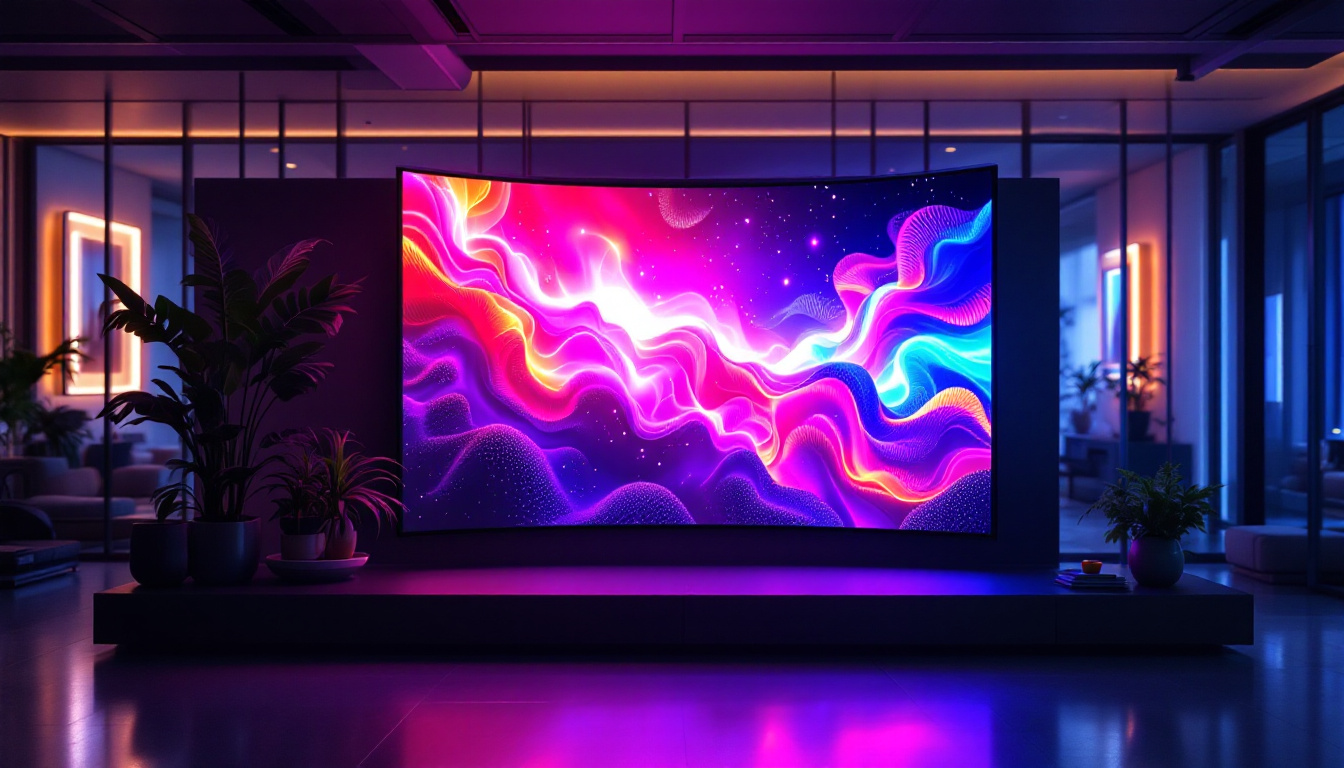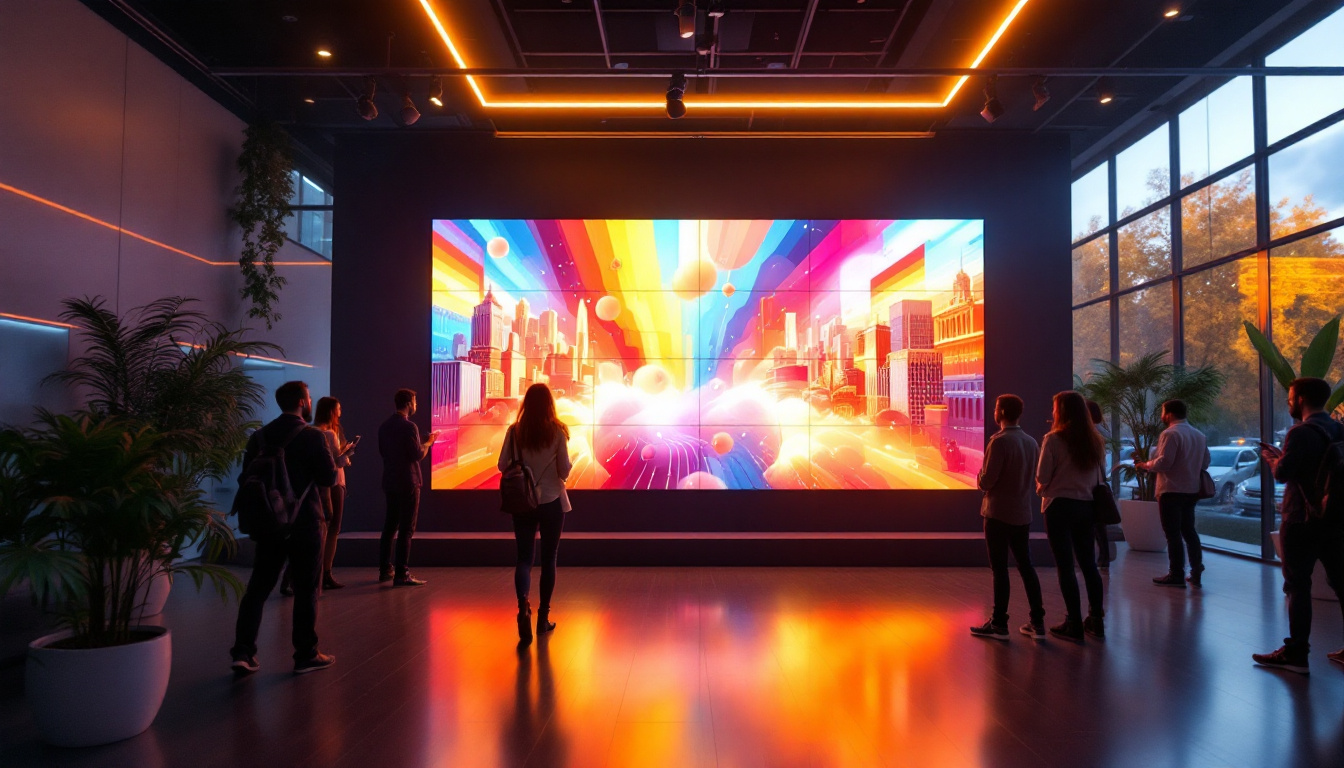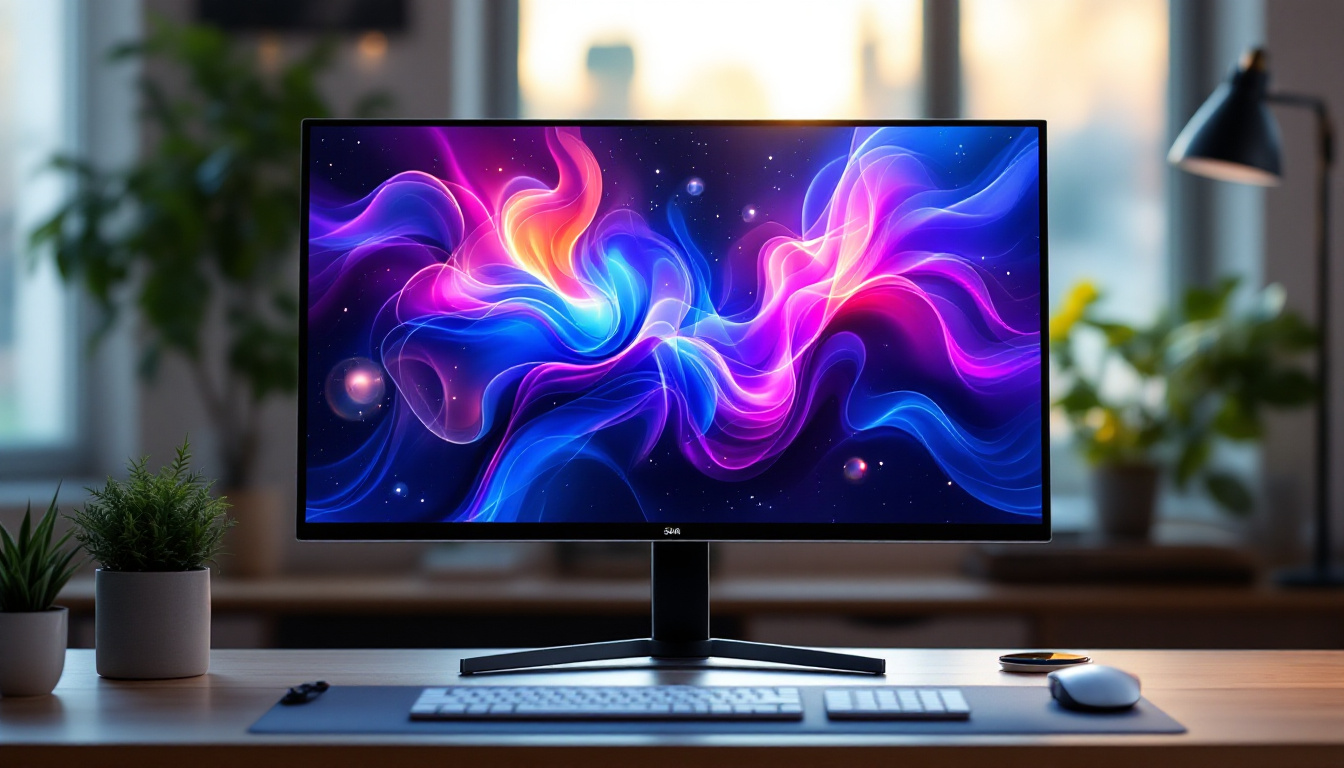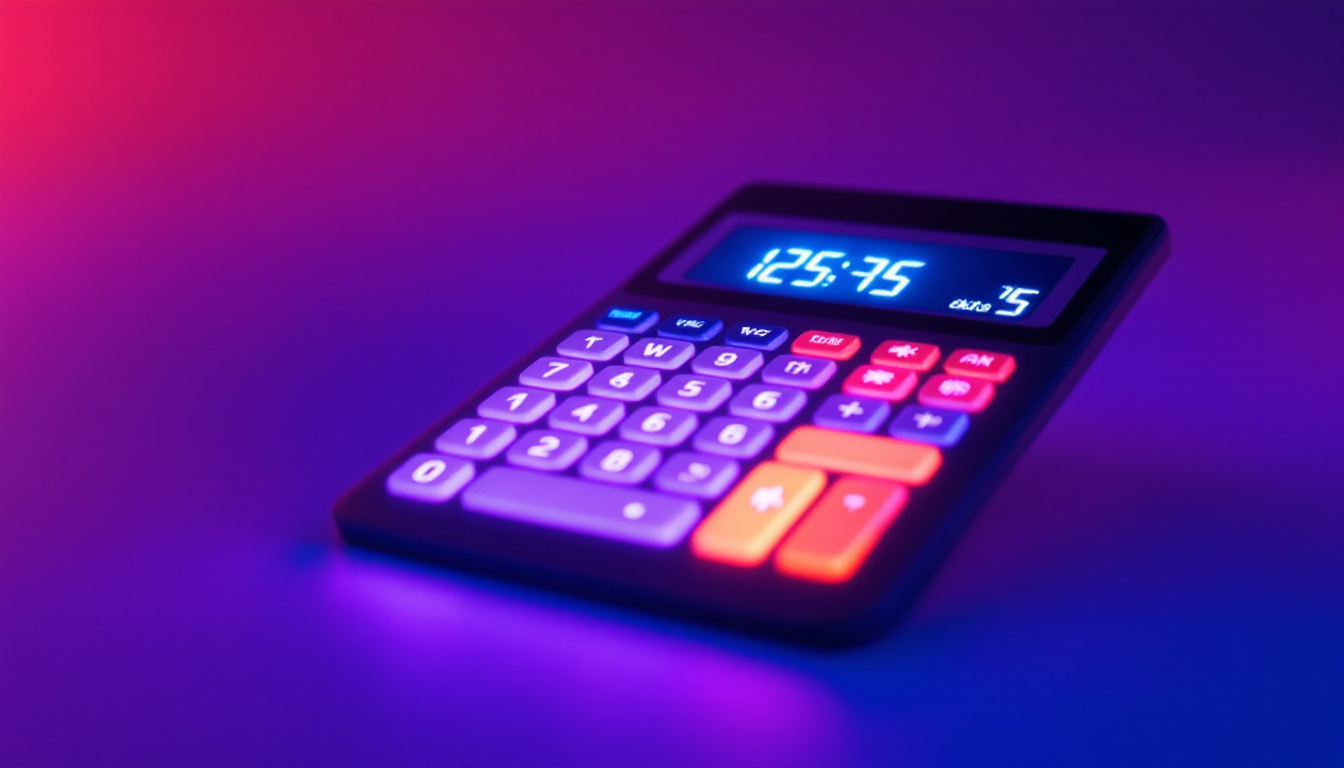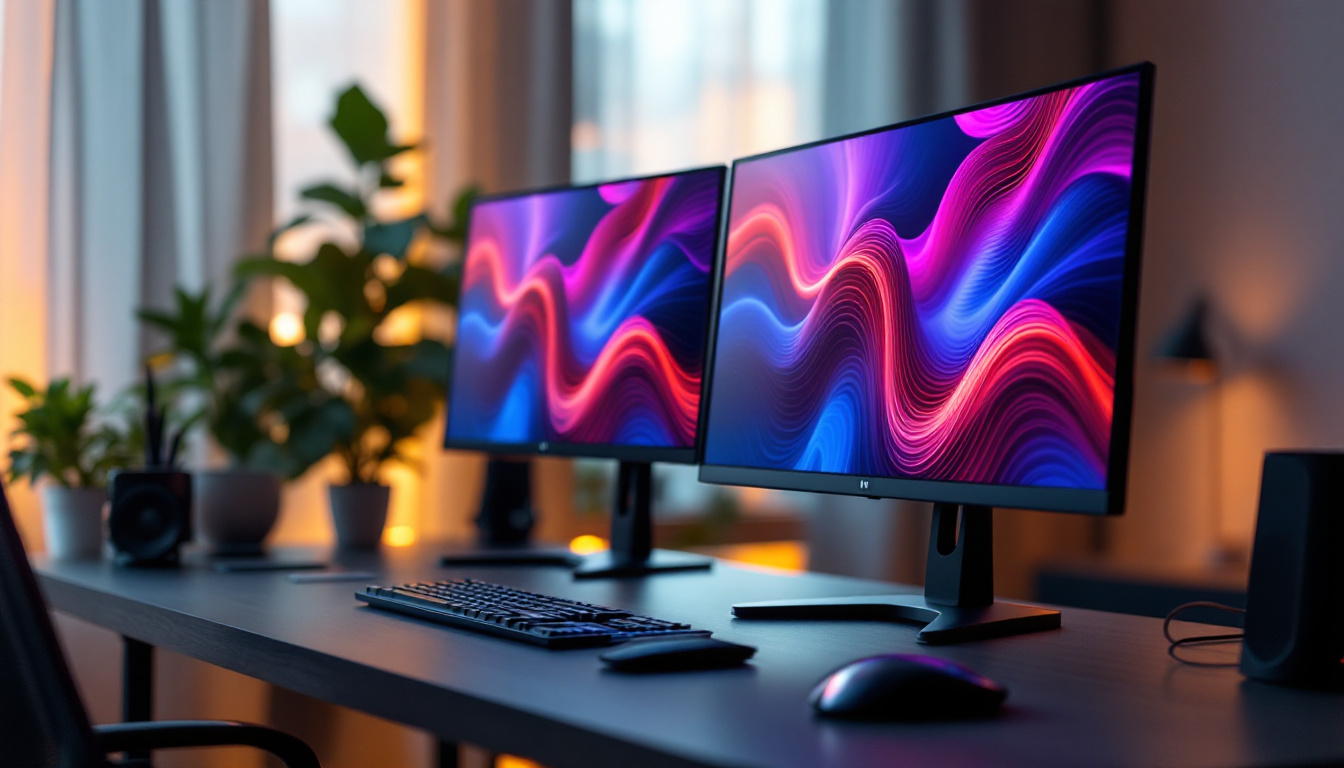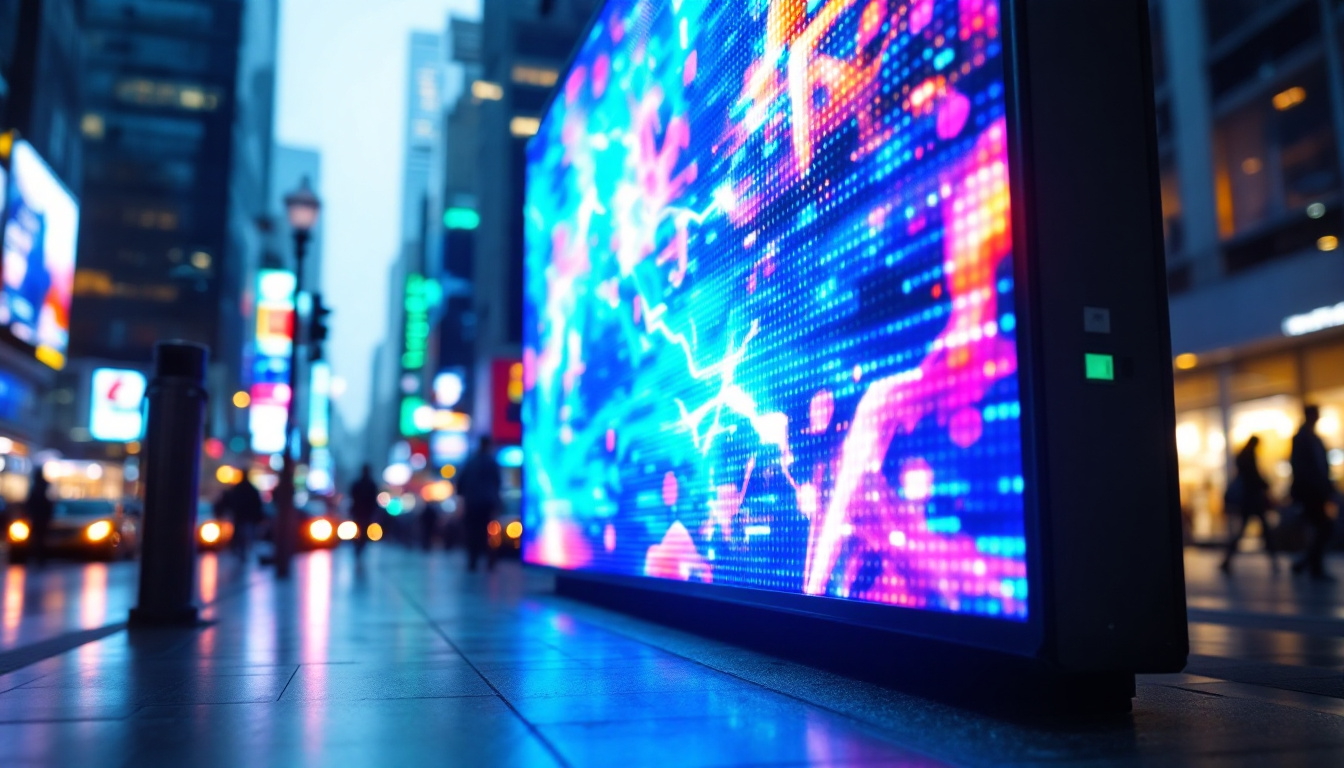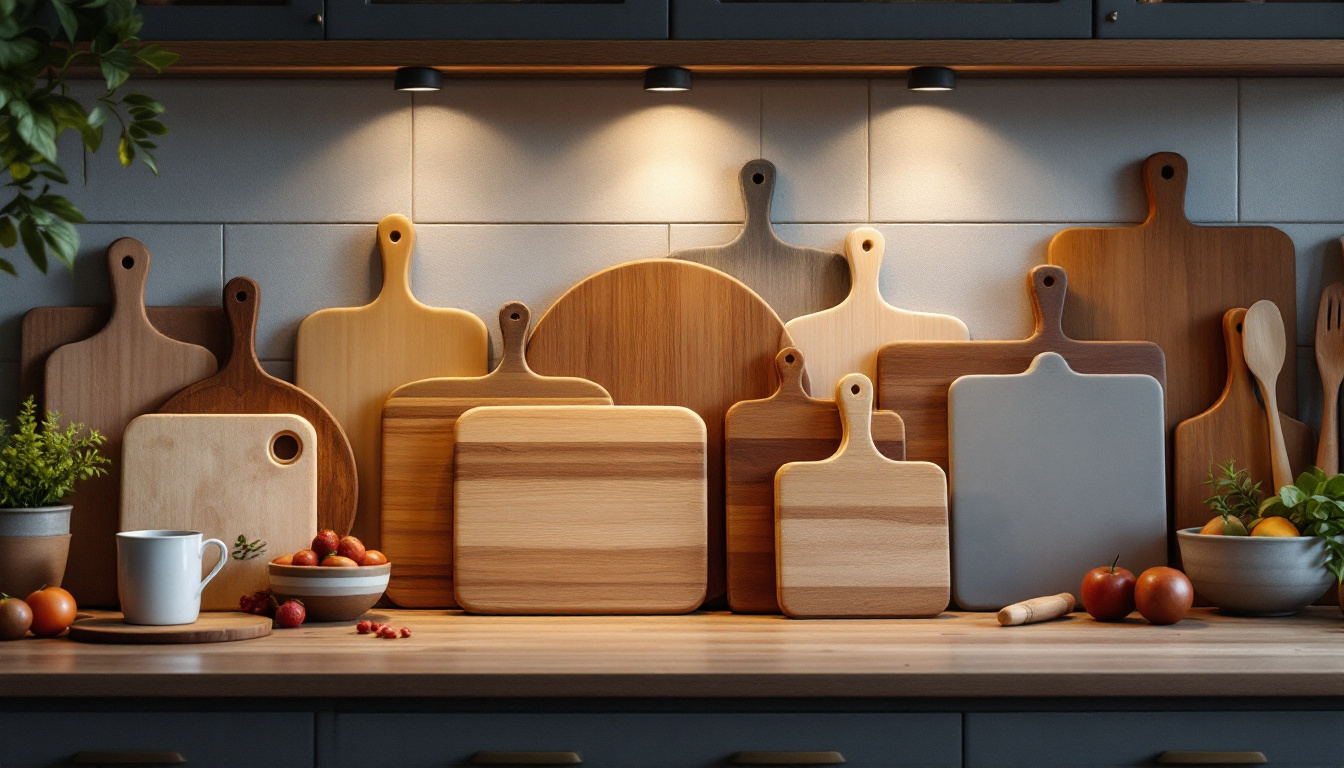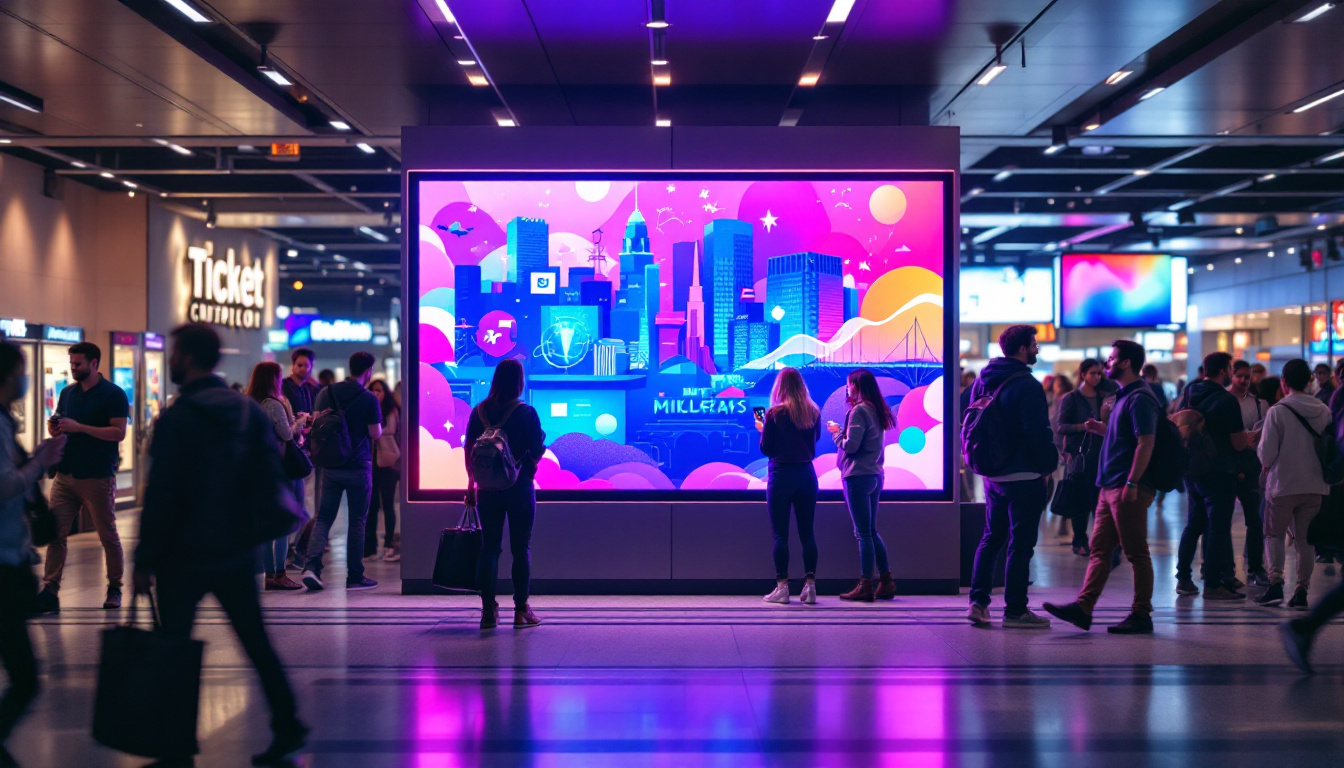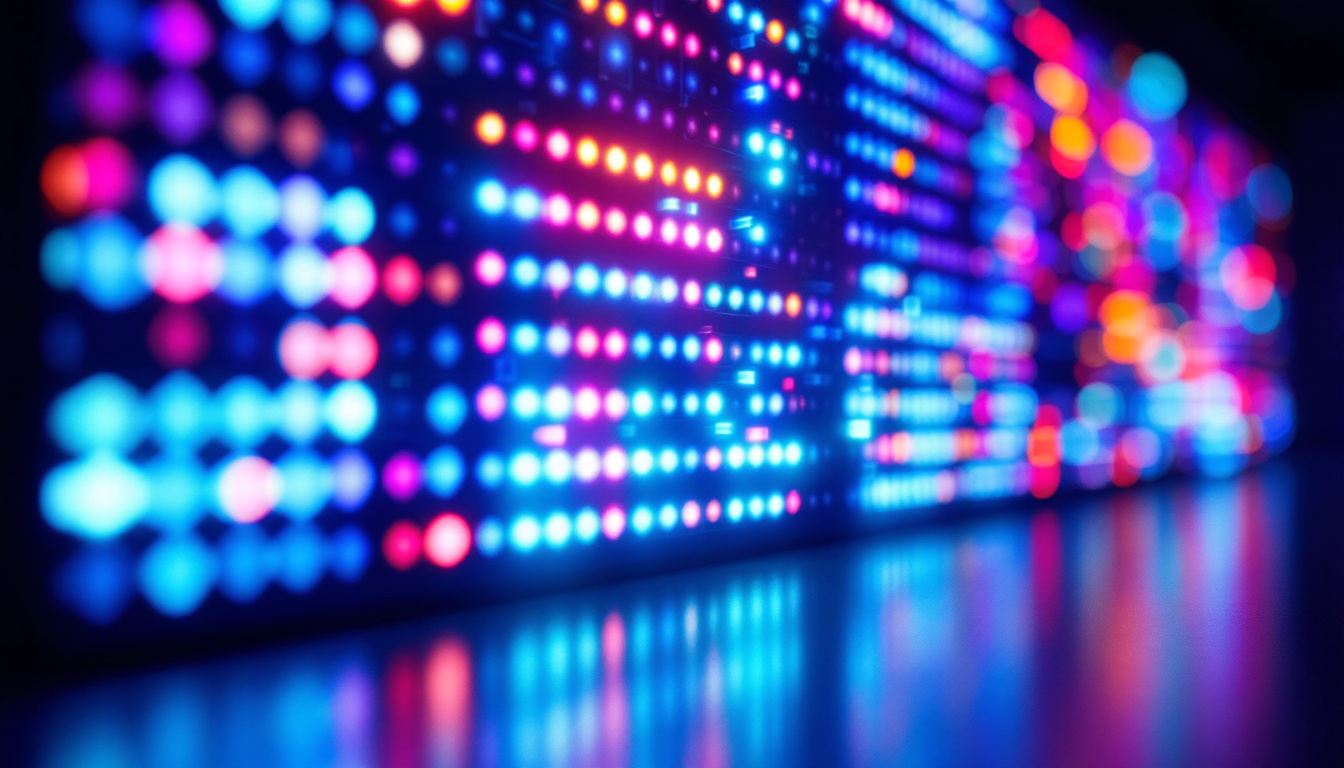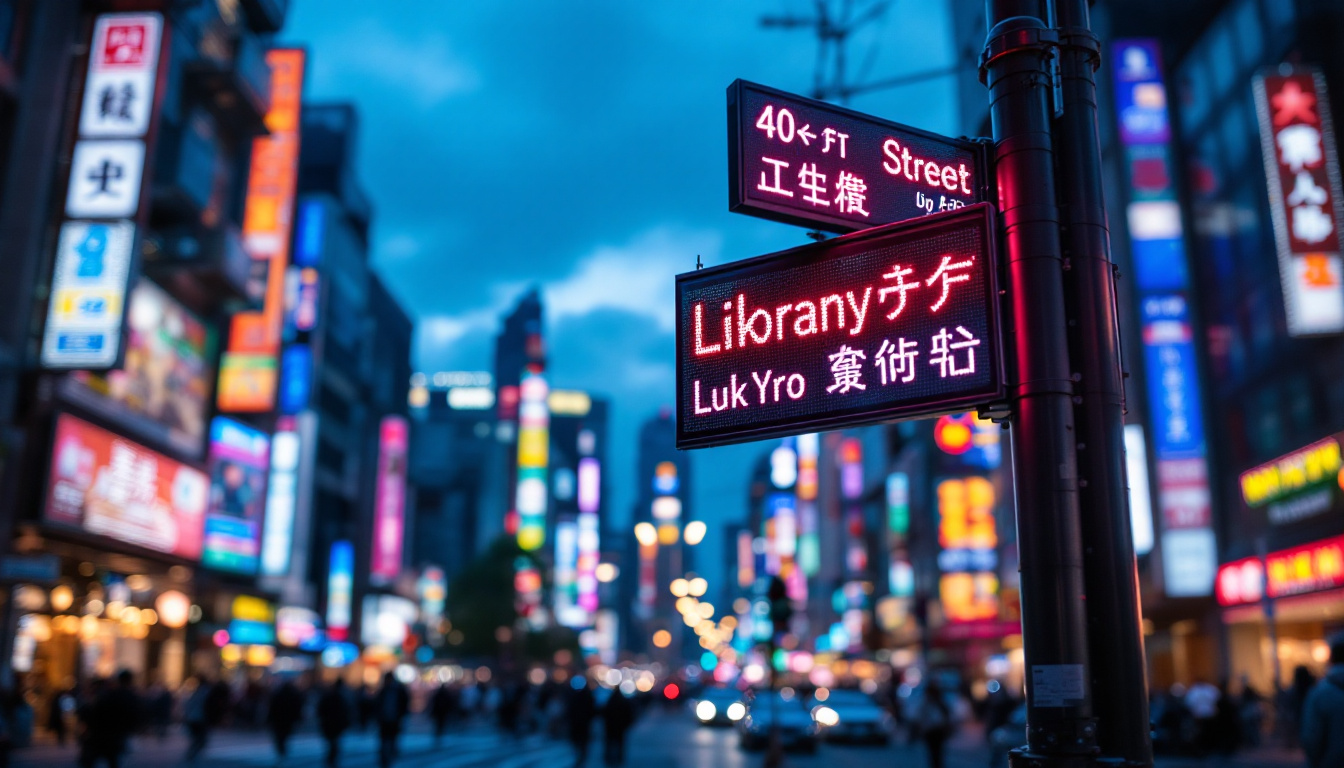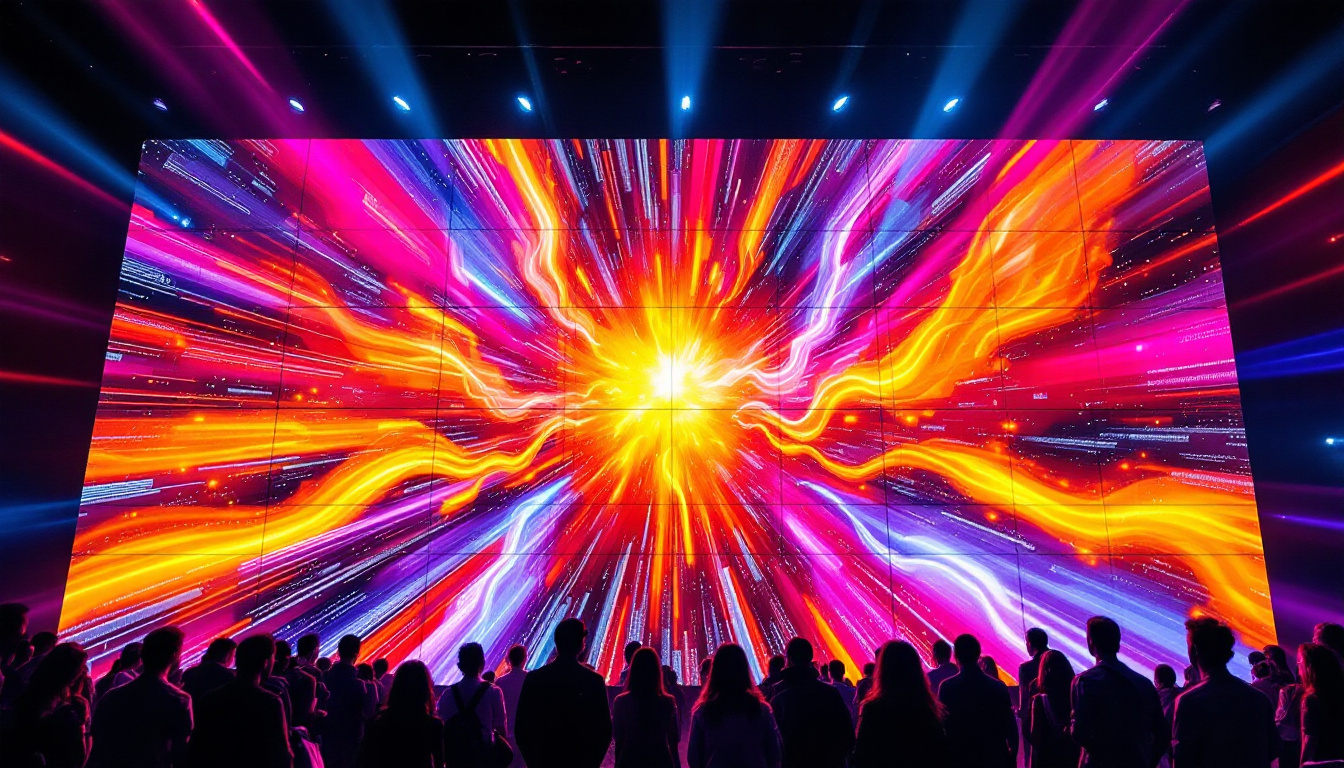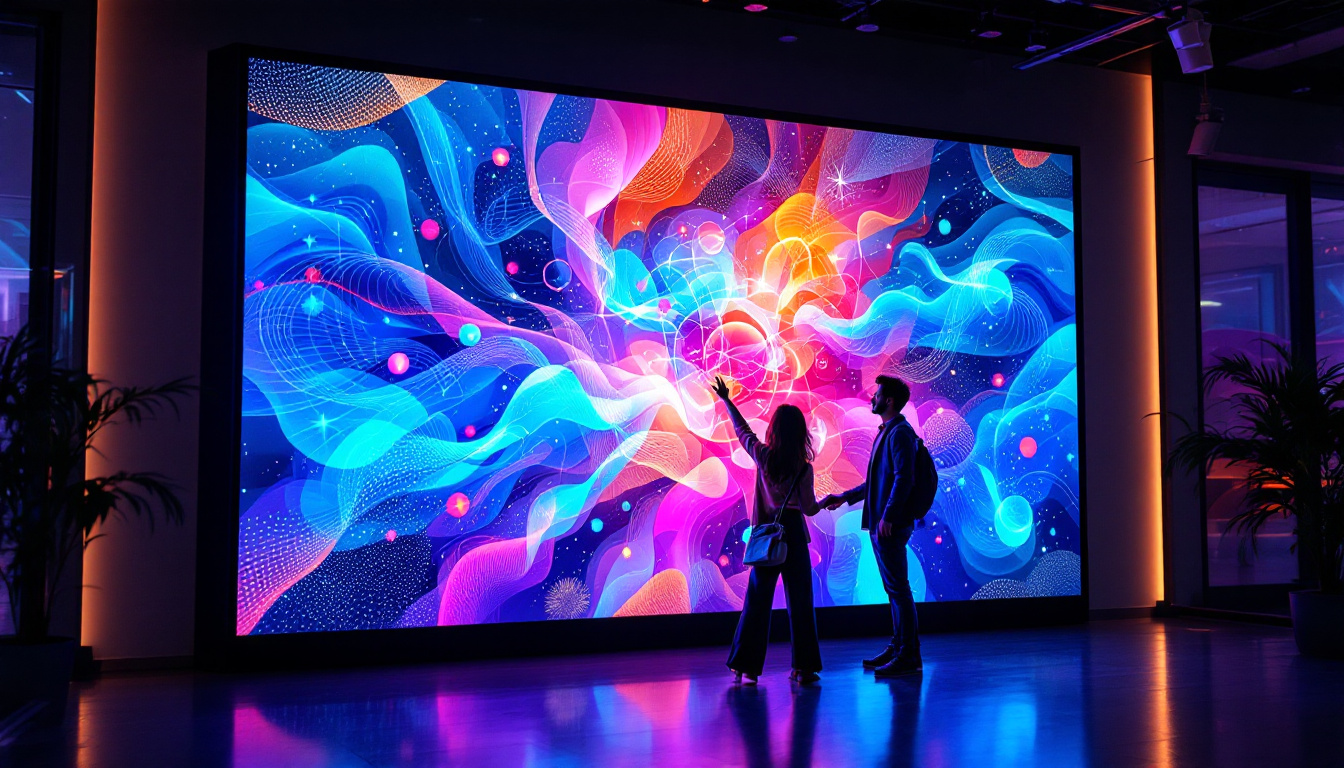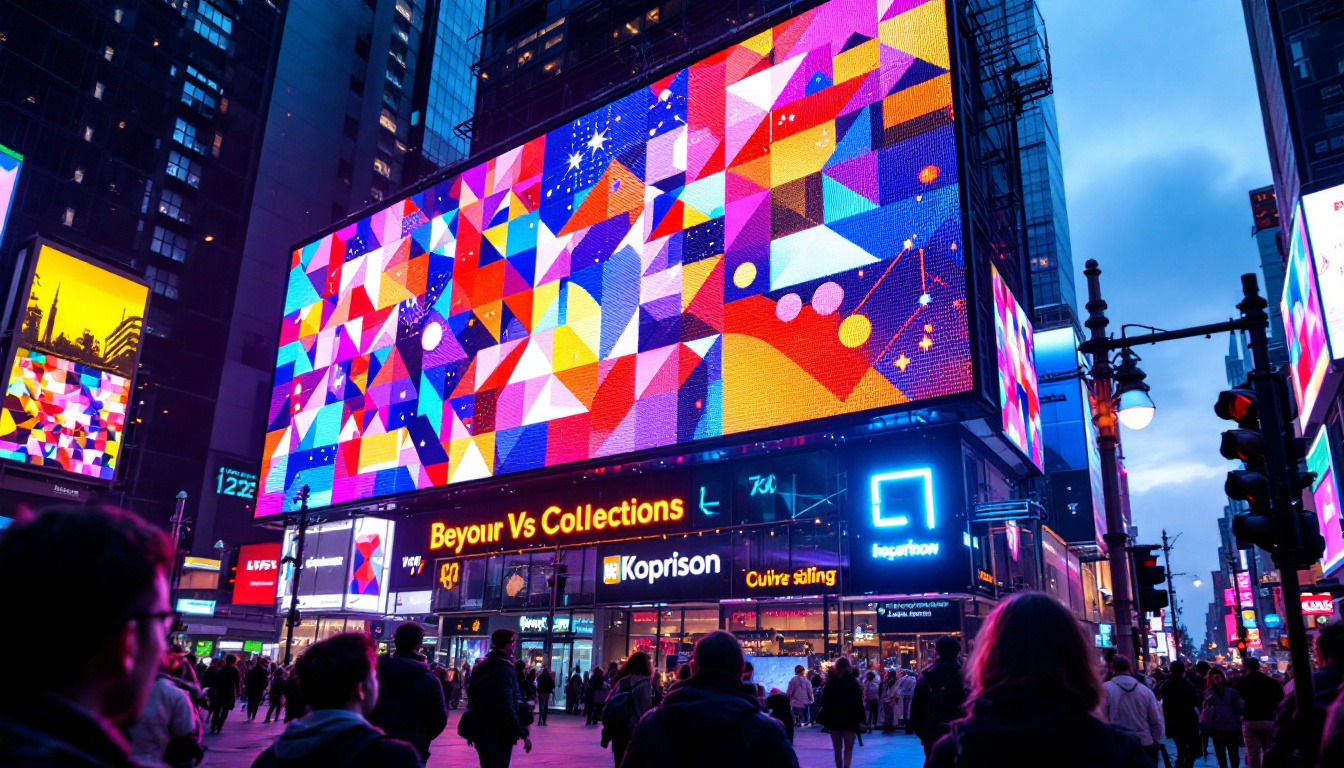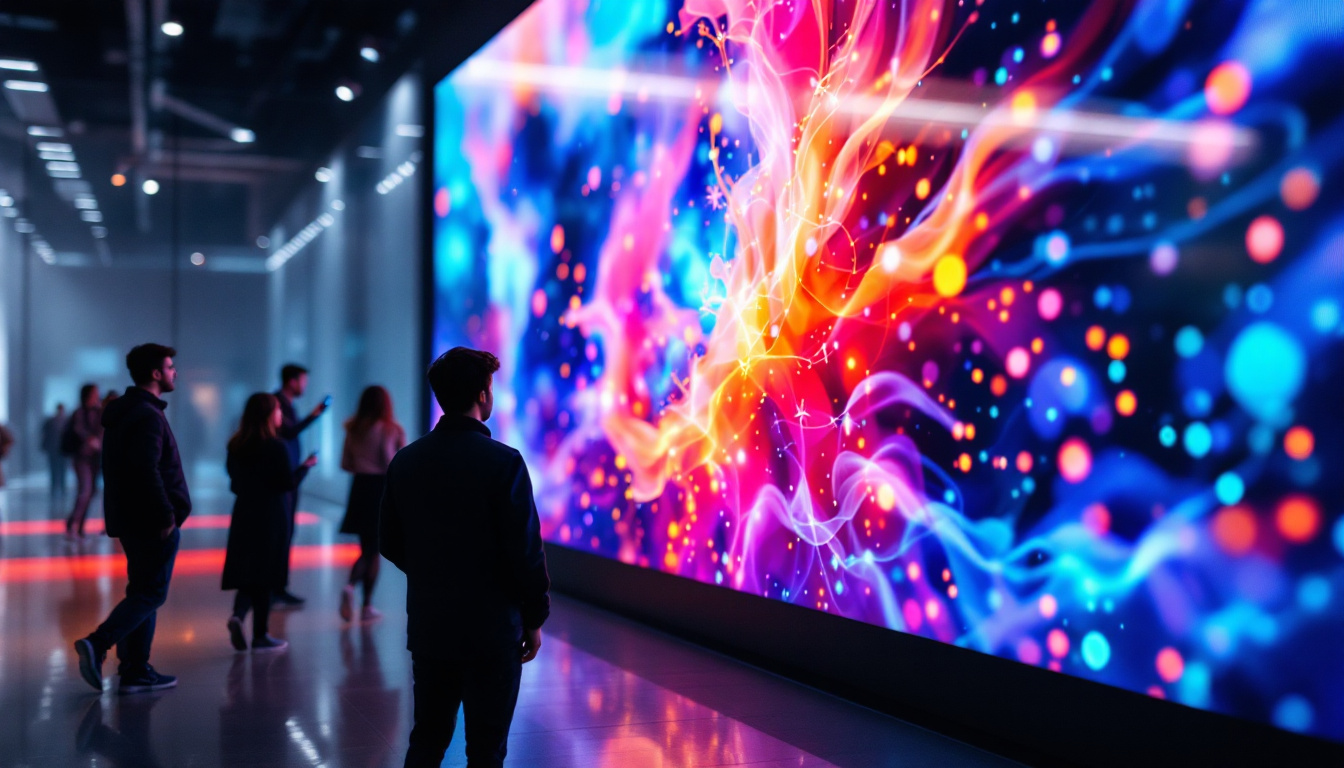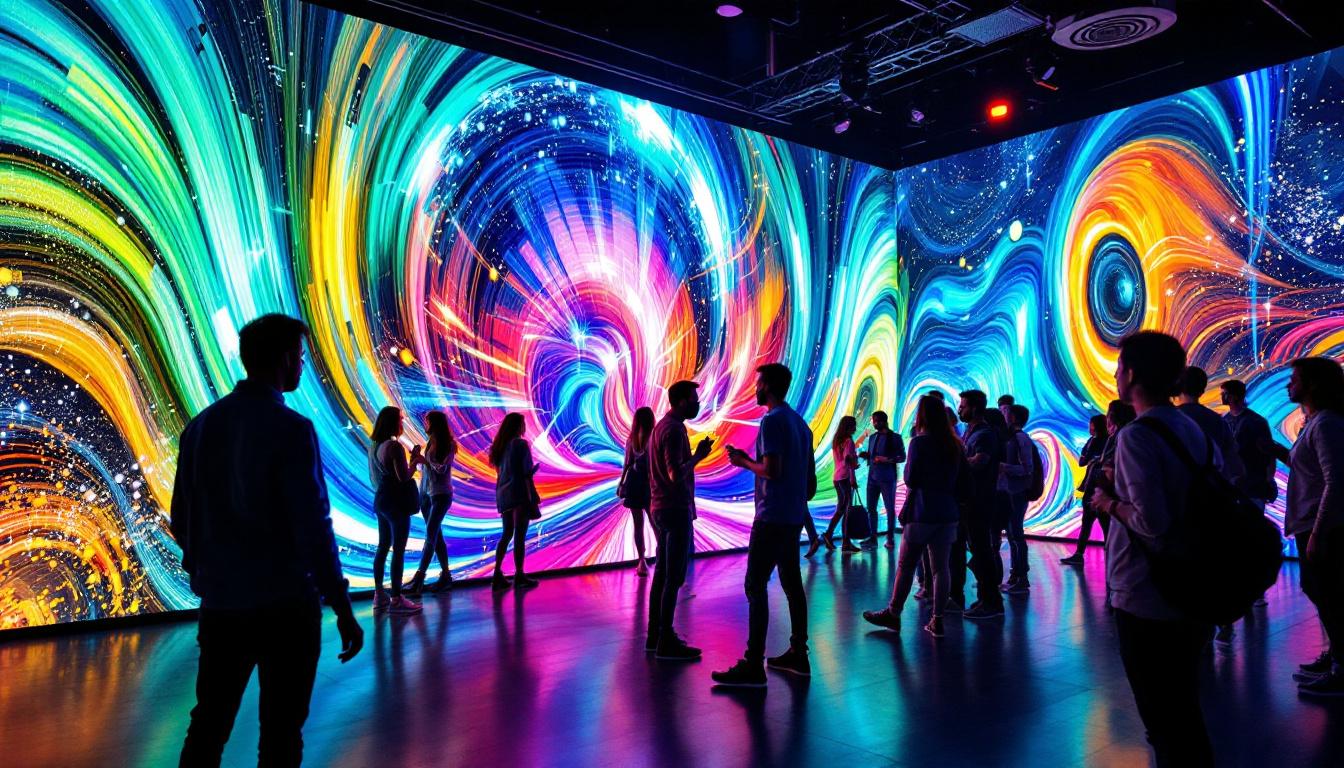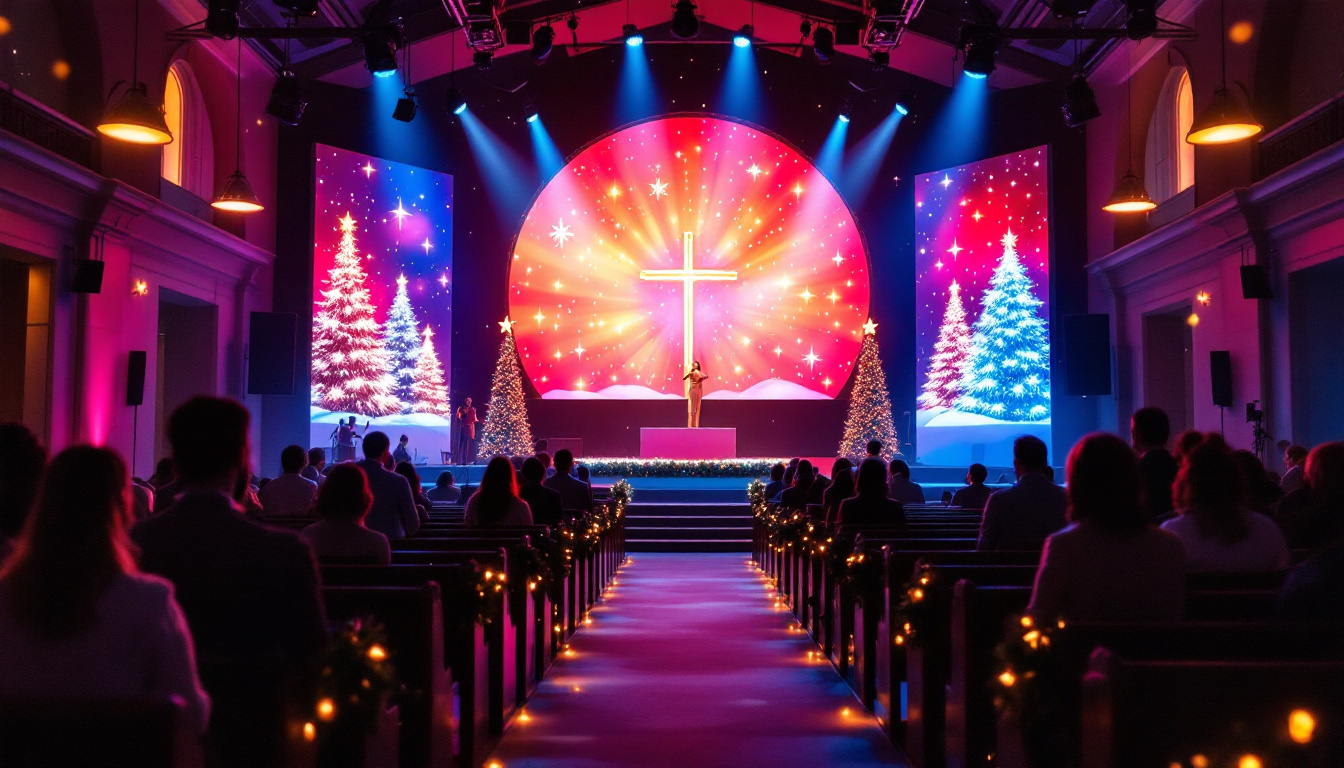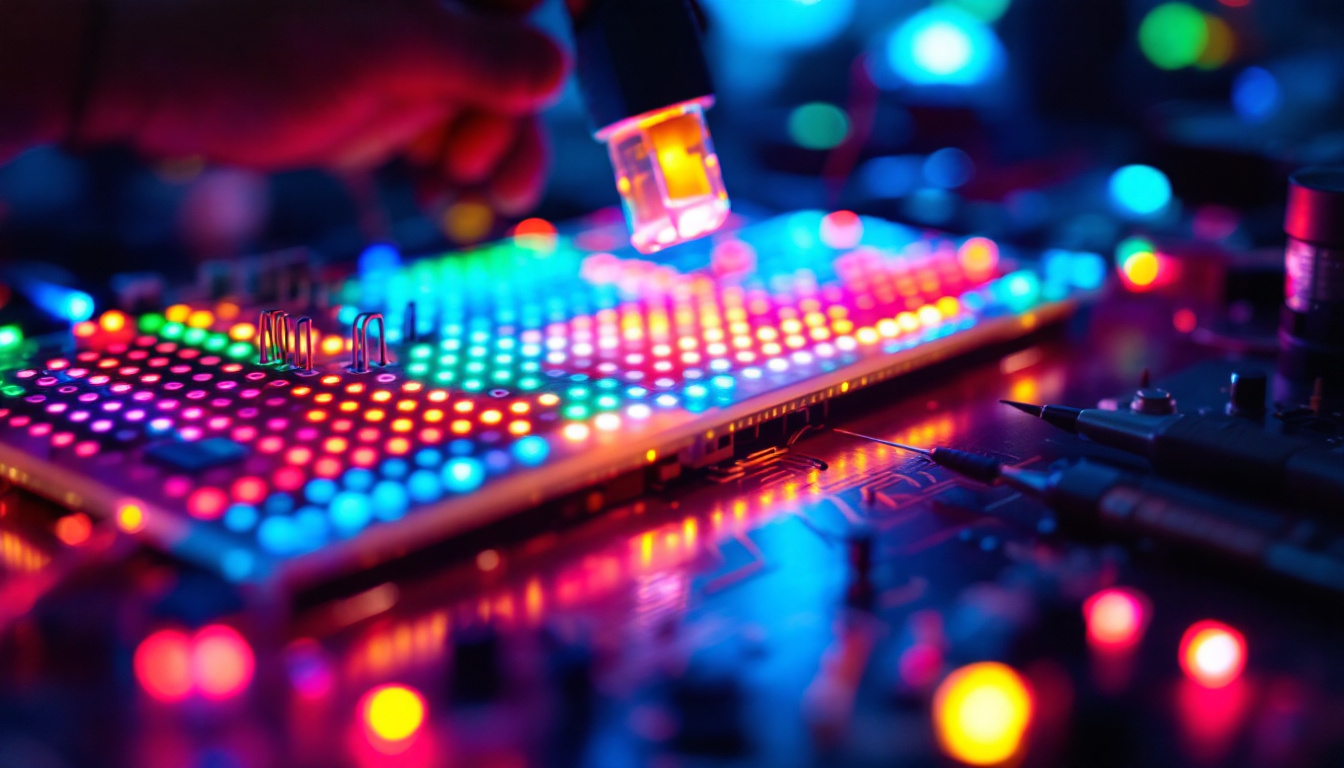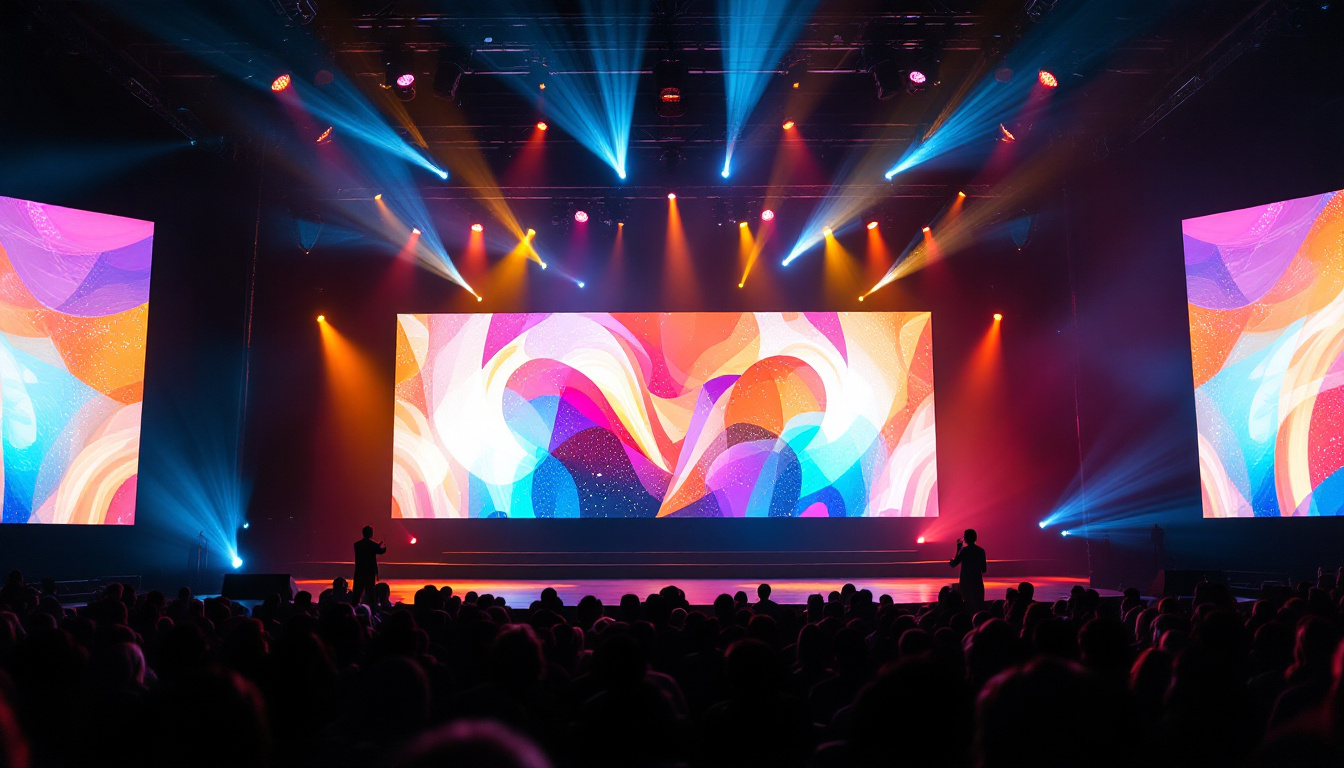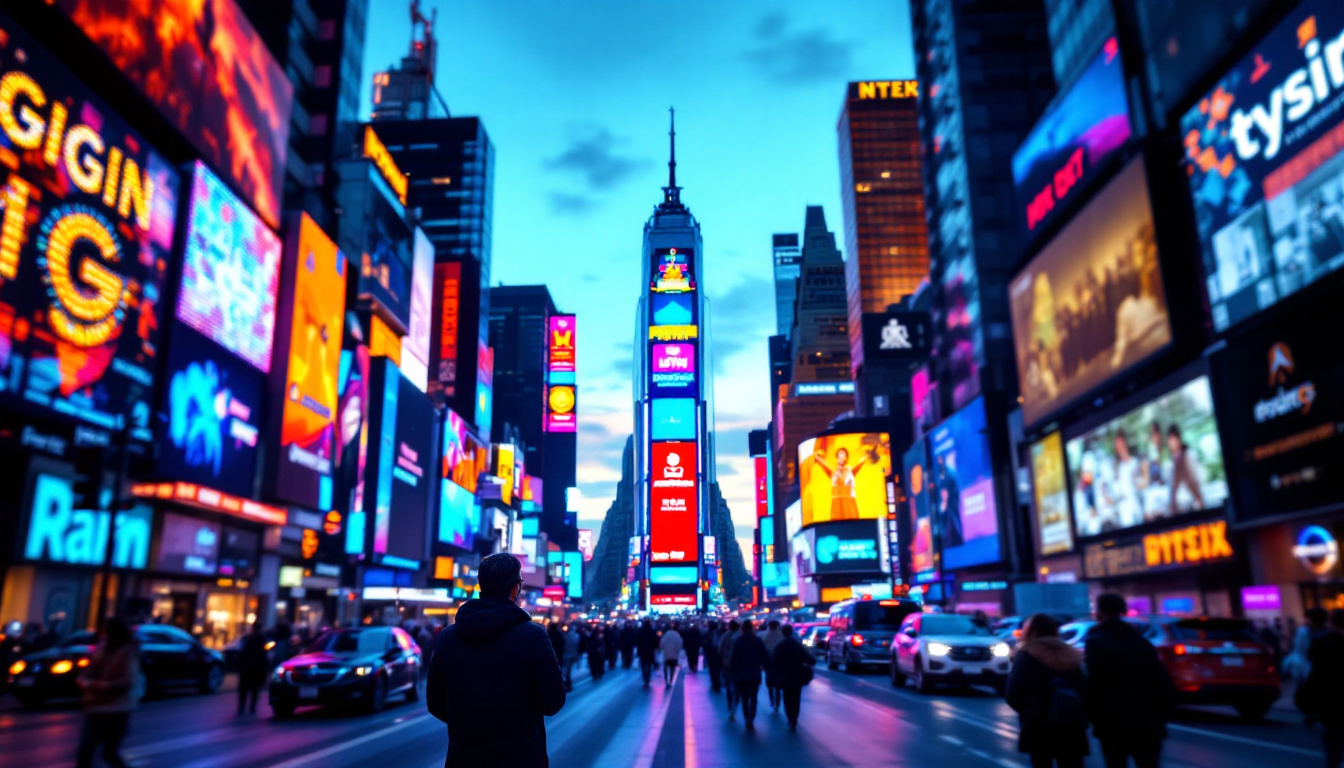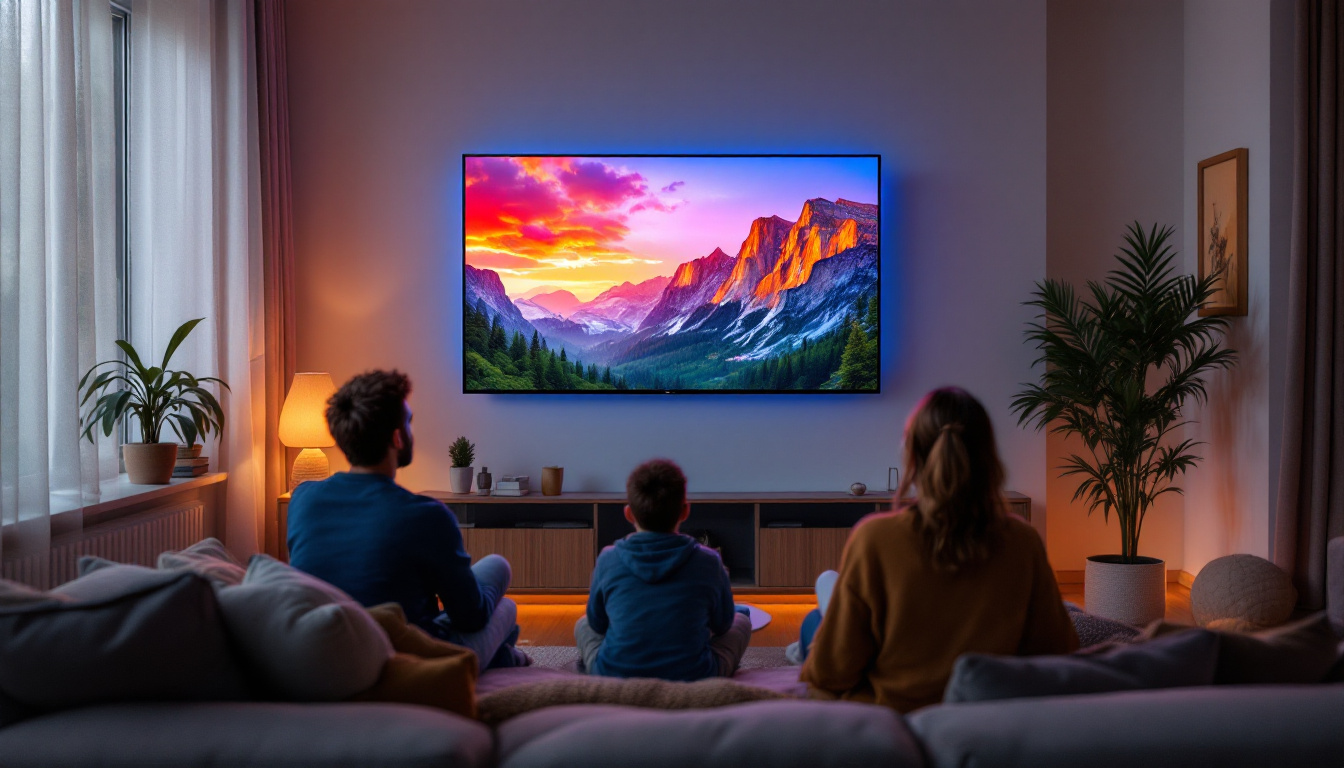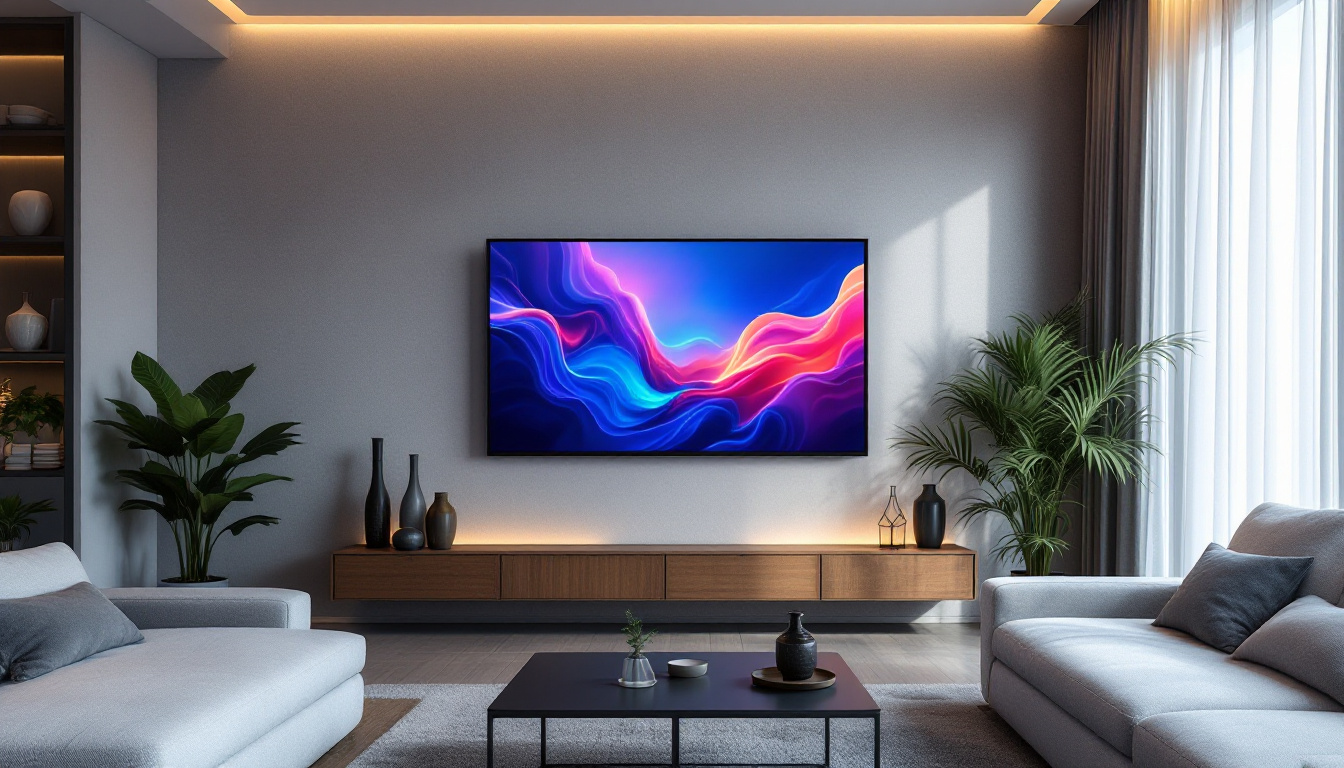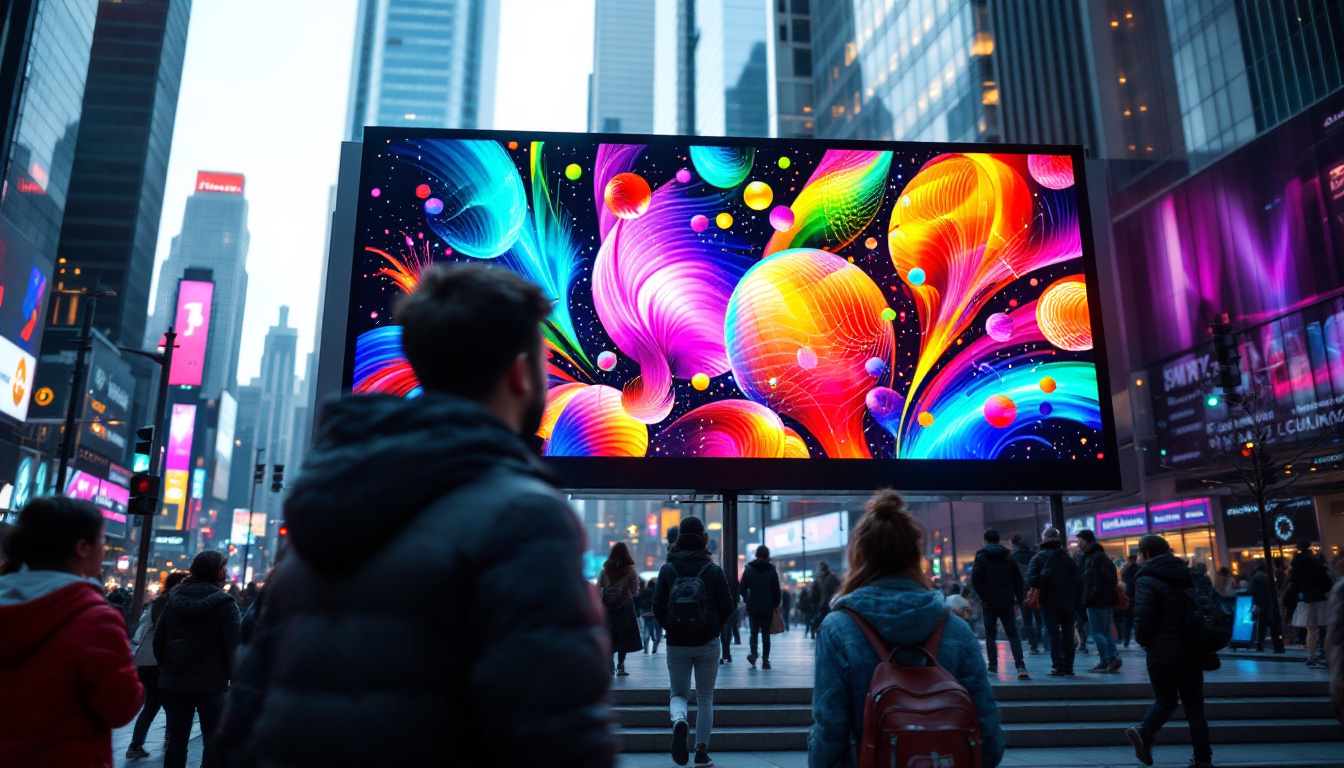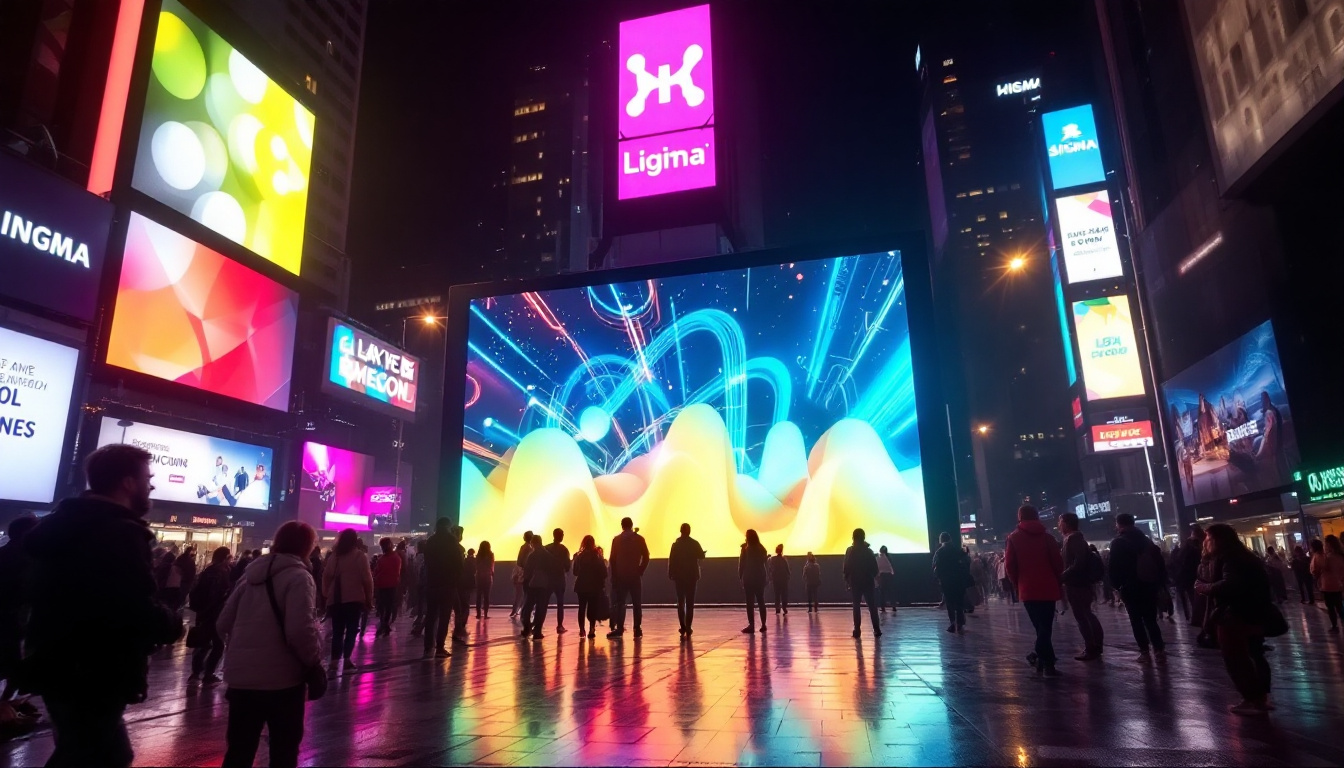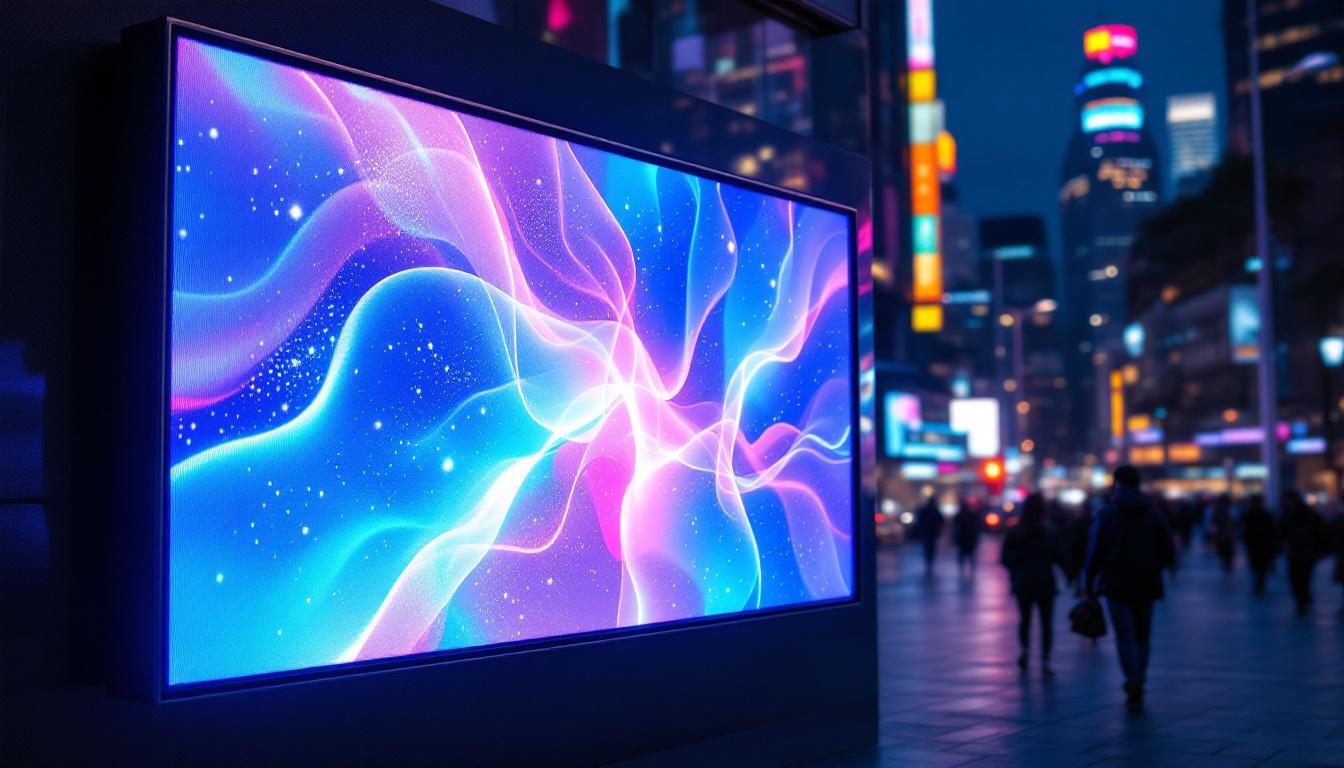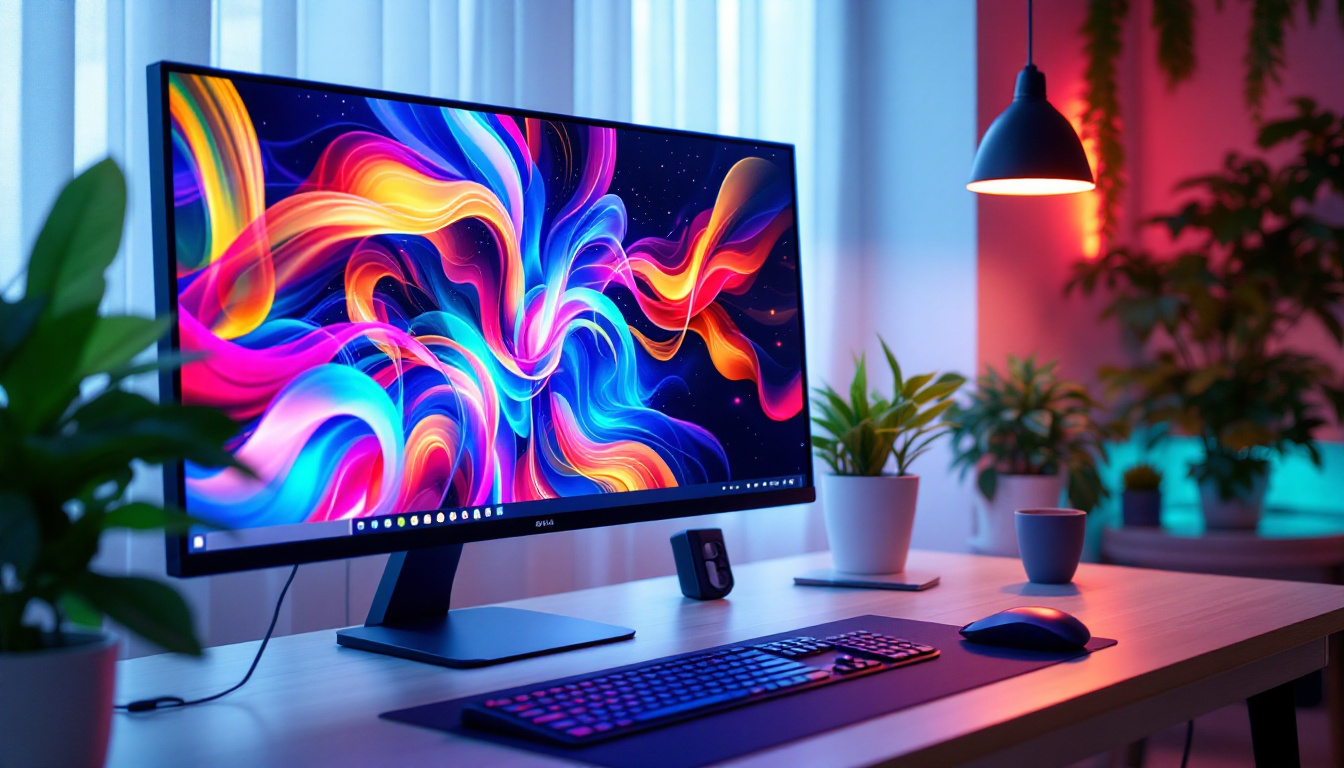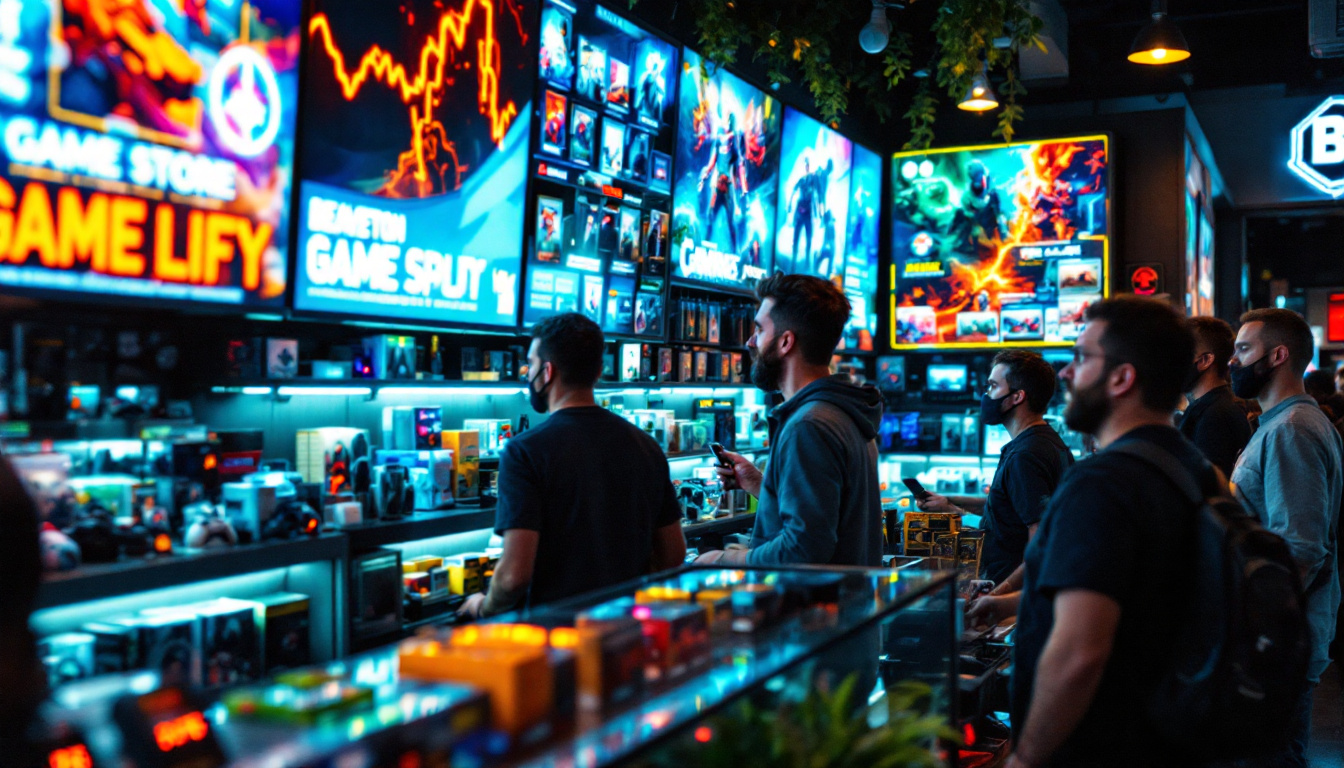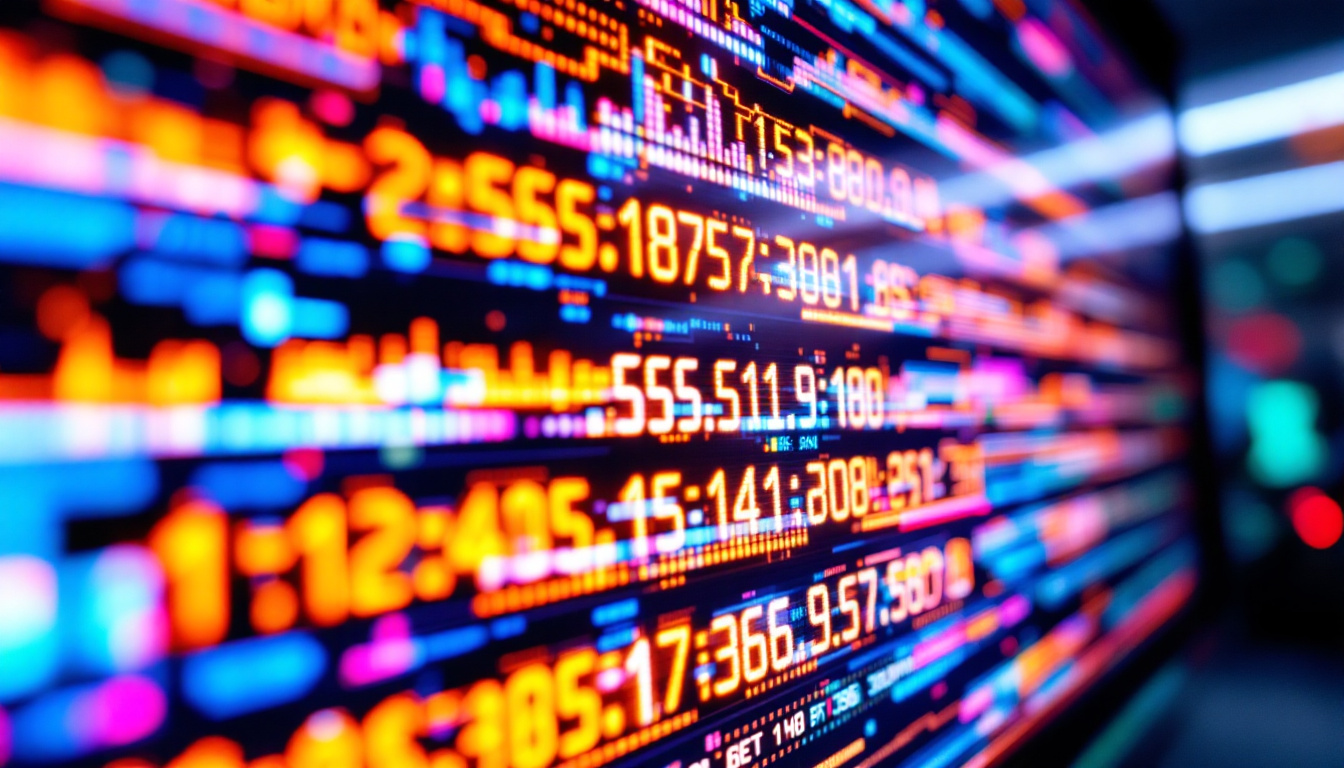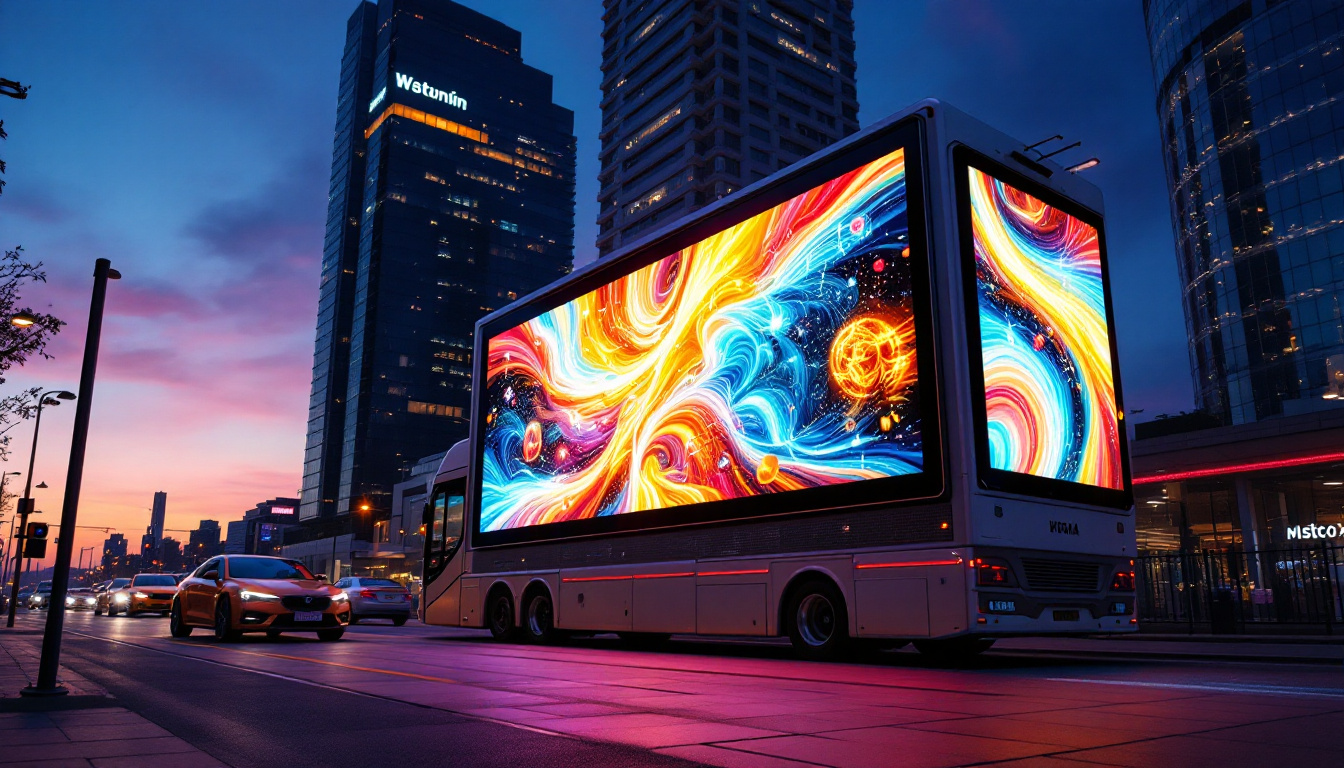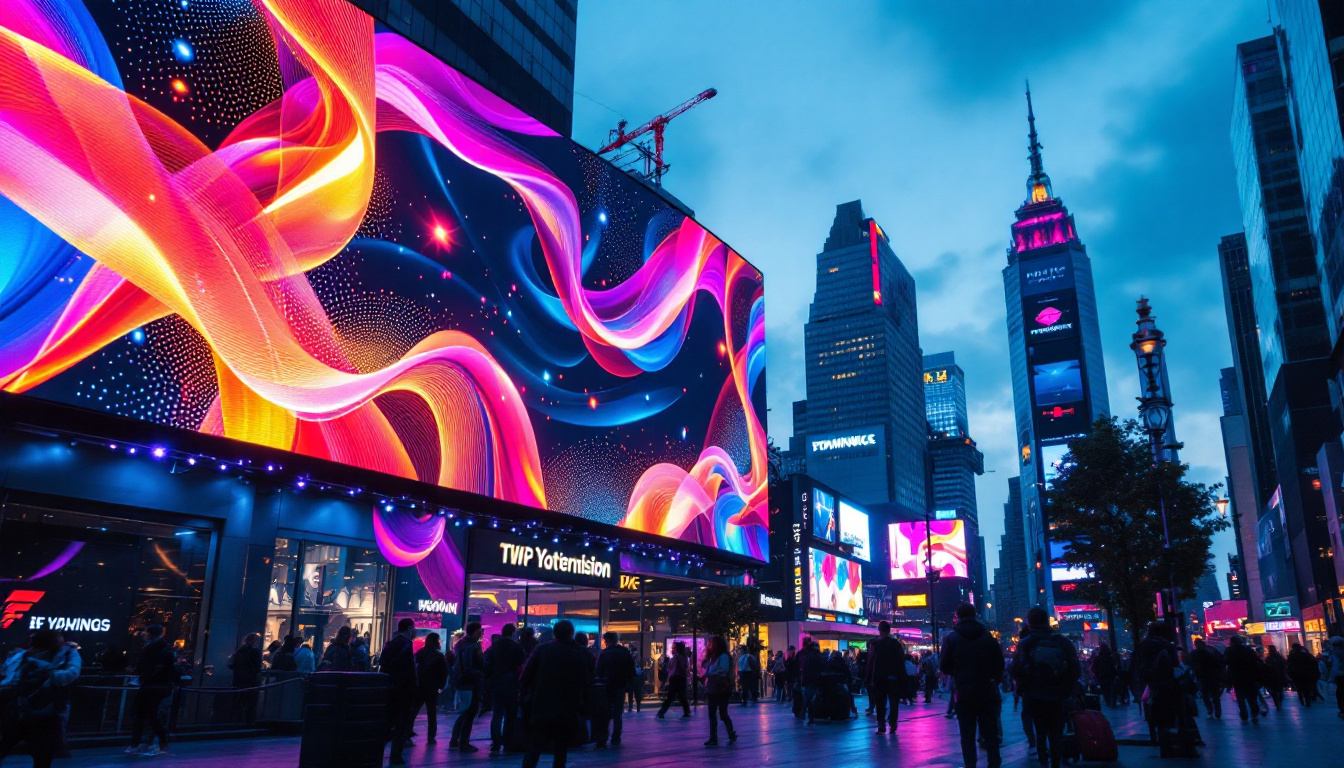Ultra-Thin Flexible LED Screen: LED Display Explained
In recent years, the evolution of display technology has been nothing short of remarkable. Among the most innovative advancements is the ultra-thin flexible LED screen, a game-changer in various industries ranging from advertising to entertainment and even healthcare. This article delves into the intricacies of LED displays, exploring their construction, advantages, applications, and future prospects.
Understanding LED Technology
Light Emitting Diodes (LEDs) are semiconductor devices that emit light when an electric current passes through them. They have become the backbone of modern display technology due to their efficiency, brightness, and longevity. Their low energy consumption not only reduces electricity costs but also contributes to a smaller carbon footprint, making them an environmentally friendly choice compared to traditional lighting solutions.
The Basics of LED Displays
LED displays are made up of numerous tiny LEDs that work together to create images and videos. These displays can be categorized into two main types: direct view and backlit displays. Direct view LED displays, commonly used in large screens, emit light directly from the diodes, while backlit displays use LEDs to illuminate a liquid crystal display (LCD) panel from behind. The clarity and sharpness of images produced by direct view displays make them particularly popular for advertising billboards and large public displays, where visibility from various angles is crucial.
Components of an LED Display
An LED display consists of several key components, including:
- LED Modules: The building blocks of the display, consisting of multiple LEDs arranged in a grid.
- Control System: Manages the input signals and ensures the correct image is displayed.
- Power Supply: Provides the necessary voltage and current to the LEDs.
- Housing: Protects the internal components and provides structural integrity.
Each of these components plays a critical role in the overall performance of the display. For instance, the control system not only regulates the image output but also allows for real-time adjustments and updates, enabling dynamic content to be displayed seamlessly. Additionally, advancements in power supply technology have led to more efficient energy use, further enhancing the sustainability of LED displays.
Types of LED Displays
LED displays come in various forms, each tailored for specific applications:
- Indoor Displays: Designed for use in controlled environments, these displays offer high resolution and vibrant colors.
- Outdoor Displays: Built to withstand the elements, outdoor LED displays are typically brighter and more durable.
- Transparent Displays: Allow for visibility through the screen, making them ideal for retail environments.
In addition to these types, there are also specialized displays such as flexible LED screens that can be shaped to fit unique spaces, and high-definition LED displays that provide exceptional clarity for close-up viewing. The versatility of LED technology continues to evolve, with innovations such as 3D LED displays and interactive LED walls, which engage viewers in entirely new ways. These advancements are pushing the boundaries of how we experience visual media, transforming everything from advertising to entertainment and beyond.
The Rise of Ultra-Thin Flexible LED Screens
Ultra-thin flexible LED screens represent a significant leap in display technology. These screens are not only lightweight and thin but also flexible enough to be curved or bent, opening up new possibilities for design and application.
Construction and Design
The construction of ultra-thin flexible LED screens involves advanced materials and innovative engineering. Typically, these screens utilize organic light-emitting diodes (OLEDs) or microLED technology, which allows for greater flexibility and thinner profiles compared to traditional LED displays.
The substrate used in these screens is often made from materials like plastic or glass, which can be bent without breaking. This flexibility enables designers to create displays that conform to various shapes and surfaces, making them ideal for architectural applications and creative installations. Additionally, the manufacturing process has evolved to include techniques such as roll-to-roll printing, which allows for mass production of flexible screens at a lower cost, further enhancing their accessibility and integration into everyday products.
Advantages of Flexible LED Screens
Flexible LED screens offer a multitude of advantages over traditional rigid displays:
- Versatility: Their ability to bend and conform to surfaces allows for creative applications in advertising, art installations, and product displays.
- Lightweight: The reduced weight of these screens makes installation easier and less expensive, especially in large-scale projects.
- Space-Saving: Ultra-thin designs enable more efficient use of space, ideal for environments where every inch matters.
Moreover, these screens are energy-efficient, consuming less power than conventional displays, which not only reduces operational costs but also aligns with the growing demand for sustainable technology solutions. Their durability also means they can withstand various environmental conditions, making them suitable for both indoor and outdoor applications.
Applications in Various Industries
The versatility of ultra-thin flexible LED screens has led to their adoption across diverse sectors:
Advertising and Marketing
In the advertising world, flexible LED screens are revolutionizing how brands communicate with consumers. Their ability to display dynamic content in unique shapes captures attention and engages audiences more effectively than traditional billboards. Brands are now able to create immersive experiences that can change in real-time, allowing for targeted marketing strategies that resonate with specific demographics and enhance customer interaction.
Architecture and Interior Design
Architects and interior designers are increasingly incorporating flexible LED screens into their projects. These screens can be integrated into walls, ceilings, and furniture, providing both aesthetic appeal and functional display capabilities. The ability to customize the size and shape of the screens means that they can be tailored to fit any space, from large public installations to intimate residential settings. This integration not only enhances the visual experience but also allows for the display of art, information, or ambiance that can be easily updated or changed.
Healthcare
In healthcare settings, flexible LED screens are used for patient information displays, interactive kiosks, and even in surgical environments, where they can provide real-time data without taking up valuable space. These screens improve communication between patients and healthcare providers, offering a more engaging way to present information about procedures, medications, and health tips. Furthermore, their adaptability allows for the incorporation of touch-sensitive technology, enabling patients to interact with the displays for a more personalized experience.
Challenges and Limitations
Despite their many advantages, ultra-thin flexible LED screens also face several challenges and limitations that must be addressed for broader adoption.
Durability Concerns
While flexible LED screens are designed to be durable, they can be more susceptible to damage than traditional rigid displays. The materials used must withstand bending and flexing over time without degrading in performance or visual quality. Additionally, the protective coatings that shield these screens from scratches and impacts must be carefully engineered to maintain clarity and responsiveness, which adds another layer of complexity to their design. Manufacturers are continuously experimenting with new materials, such as graphene and other nanomaterials, to enhance the resilience of these screens while keeping them lightweight and flexible.
Cost Factors
The advanced technology and materials required for flexible LED screens often lead to higher production costs. This can limit their accessibility for smaller businesses or projects with tight budgets. Furthermore, the initial investment in flexible display technology may deter potential adopters who are uncertain about the return on investment. As production techniques improve and economies of scale are realized, there is hope that prices will decrease, making these innovative displays more attainable for a wider audience. In the meantime, companies are exploring alternative financing models and partnerships to help mitigate costs and encourage adoption.
Technological Limitations
As with any emerging technology, there are still limitations in terms of resolution and brightness compared to traditional LED displays. Ongoing research and development are needed to overcome these hurdles and enhance the performance of flexible screens. For instance, achieving higher pixel densities while maintaining flexibility poses a significant engineering challenge. Researchers are also investigating ways to improve energy efficiency, as flexible displays often consume more power than their rigid counterparts. Innovations in organic light-emitting diodes (OLED) and microLED technologies are paving the way for brighter, more vibrant displays that could eventually rival traditional screens in both performance and durability.
Future Trends in Flexible LED Technology
The future of ultra-thin flexible LED screens looks promising, with several trends shaping their development and application.
Advancements in Materials
Research into new materials is ongoing, with a focus on enhancing the flexibility, durability, and performance of LED screens. Innovations such as graphene and other nanomaterials could lead to even thinner and more resilient displays.
Integration with Smart Technology
As smart technology continues to evolve, the integration of flexible LED screens with IoT devices and AI is expected to grow. This could enable more interactive and responsive displays that adapt to user behavior and preferences.
Environmental Considerations
With increasing awareness of environmental issues, there is a push towards sustainable manufacturing processes for LED displays. This includes using recyclable materials and reducing energy consumption during production and operation.
Conclusion
Ultra-thin flexible LED screens are at the forefront of display technology, offering unparalleled versatility and innovation. As advancements continue to unfold, these displays are set to transform various industries, enhancing how information is communicated and experienced. While challenges remain, the future of flexible LED technology is bright, promising exciting developments that will shape the way we interact with visual media.
In a world where visual communication is paramount, the ultra-thin flexible LED screen stands as a testament to human ingenuity and the relentless pursuit of innovation. As technology progresses, it will be fascinating to witness how these displays evolve and redefine our visual landscape.
Discover the Future of Visual Display with LumenMatrix
Ready to embrace the cutting-edge of LED display technology? LumenMatrix is at the vanguard, offering an array of innovative solutions that bring your visual communications to life. From Indoor and Outdoor LED Wall Displays to specialized solutions like Vehicle, Sports, and Floor LED Displays, we have the tools to elevate your brand’s presence. Experience the transformative power of our Custom, All-in-One, and LED Transparent Displays, designed to captivate and engage your audience. Check out LumenMatrix LED Display Solutions today and join the revolution in digital signage and visual storytelling.

